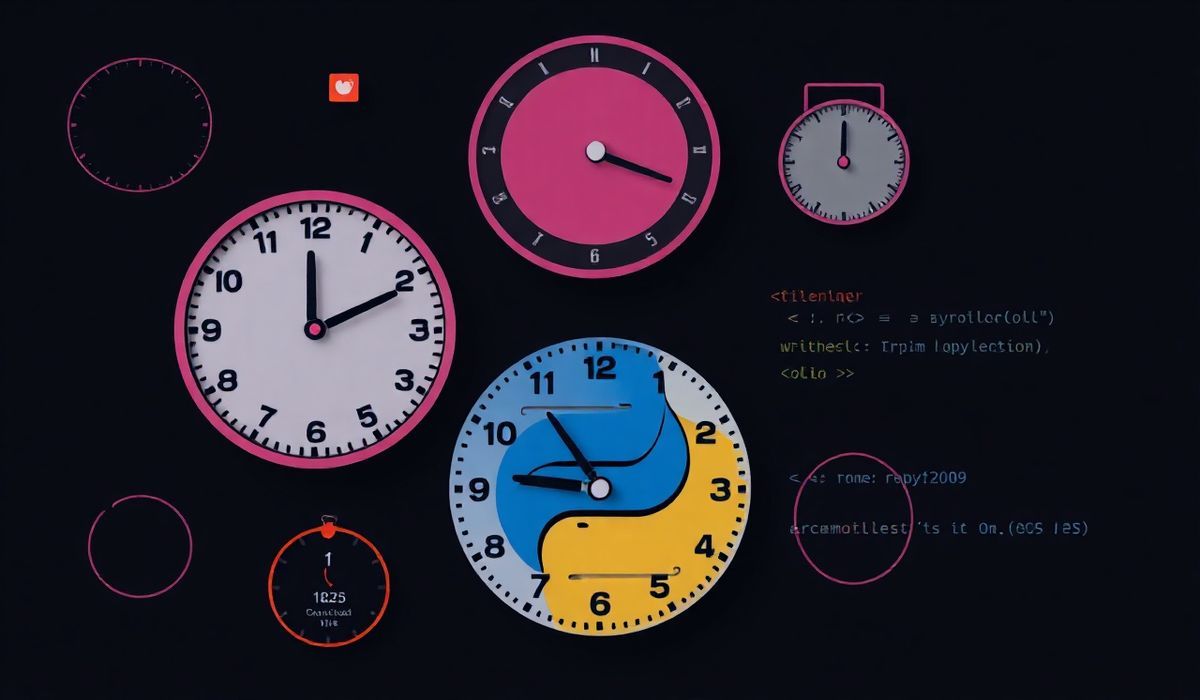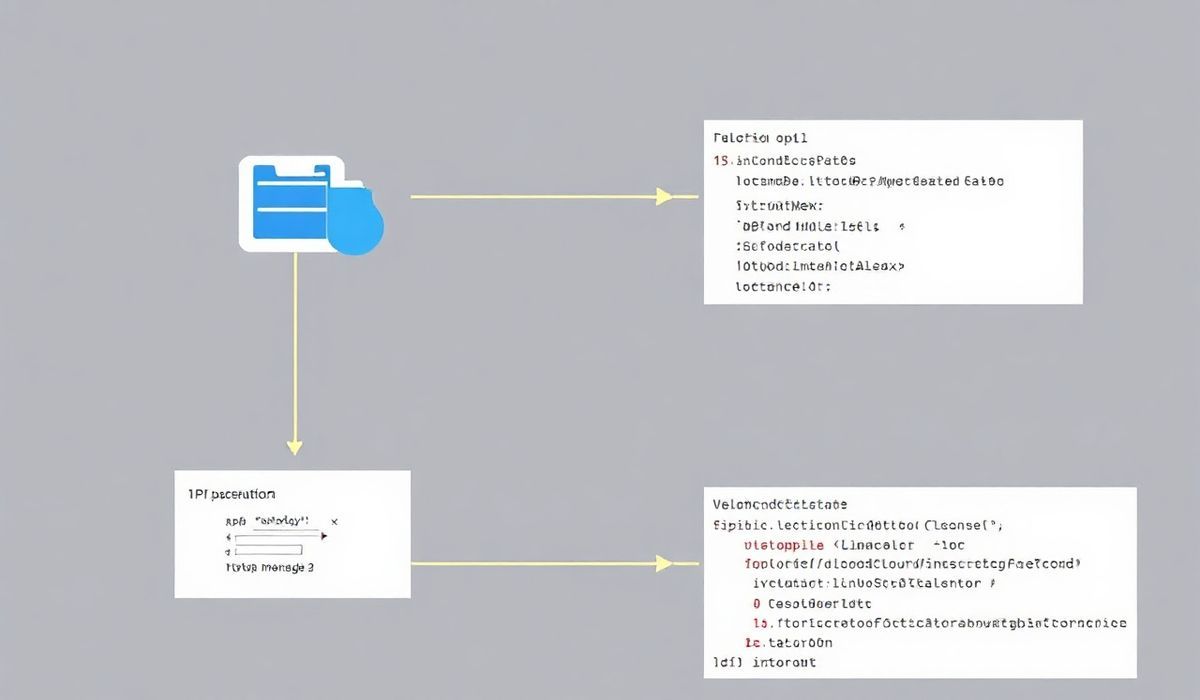Introduction to Arrow
When it comes to working with dates and times in Python, the default datetime module is powerful but can sometimes feel clunky and unintuitive. Enter Arrow, a modern, lightweight Python library that simplifies date and time manipulation. Arrow makes it easy to work with dates, parse and format them, and even handle time zone conversions fluently.
In this guide, we’ll explore the key features of Arrow, including useful APIs for parsing, formatting, comparing, and working with time zones. By the end, we’ll build a small real-world application to demonstrate its practicality.
Getting Started
First, make sure you have Arrow installed. You can install it using pip:
pip install arrowKey Arrow APIs and Usage
1. Getting the Current Time
With Arrow, getting the current date and time in a human-friendly way is as simple as:
import arrow
# Get the current time
now = arrow.now()
print(now) # Output: 2023-03-15T14:52:24.123456+00:00
2. Parsing Dates and Times
Arrow excels at parsing dates and times from strings:
# Parse a date string into an Arrow object
date = arrow.get("2023-10-01T15:30:00", "YYYY-MM-DDTHH:mm:ss")
print(date) # Output: 2023-10-01T15:30:00+00:00
3. Formatting Dates
Formatting dates to custom strings is equally easy:
# Format an Arrow object as a string
formatted_date = date.format("dddd, MMMM DD, YYYY @ HH:mm A")
print(formatted_date) # Output: Sunday, October 01, 2023 @ 03:30 PM
4. Shifting Time
Arrow allows you to easily manipulate time:
# Shift time forward by 2 days
shifted = now.shift(days=2)
print(shifted) # Output: 2023-03-17T14:52:24.123456+00:00
Similarly, you can shift time backwards:
# Go back one month
back_in_time = now.shift(months=-1)
print(back_in_time)
5. Time Zone Conversion
Time zone management is effortless with Arrow:
# Convert to a different timezone
new_york_time = now.to("America/New_York")
print(new_york_time) # Output: 2023-03-15T10:52:24.123456-04:00
6. Comparing Dates and Times
Comparison is intuitive with Arrow:
# Compare two Arrow objects
if now > date:
print("Now is after the parsed date.")
else:
print("The parsed date is still in the future.")
7. Creating Human-Readable Relative Time
One of Arrow’s standout features is its ability to generate human-readable, relative time strings:
# Generate relative time strings
relative = now.humanize()
print(relative) # Output: "just now"
Building a Real-World Example: A Reminder Scheduling App
Let’s create a small scheduling app that accepts input for a reminder time, parses it, and displays when the reminder is due relative to the current moment.
import arrow
# Get user input for reminder
reminder_str = input("Enter your reminder time (YYYY-MM-DD HH:mm): ")
# Parse the reminder time
reminder = arrow.get(reminder_str, "YYYY-MM-DD HH:mm")
# Get the current time
now = arrow.now()
# Calculate how much time is left
if reminder > now:
time_left = reminder.humanize(only_distance=True)
print(f"Your reminder is set for {reminder.format('dddd, MMMM DD, YYYY @ HH:mm A')} ({time_left} from now).")
else:
print("The reminder time has already passed!")
With only a few lines of code, we’ve built a reminder scheduling app that leverages Arrow’s powerful date and time manipulation features.
Conclusion
Arrow’s user-friendly API and powerful features make it an exceptional tool for handling dates and times in Python. Whether you need to parse, format, shift, or compare time, Arrow allows you to work with intuitive, concise, and readable code. Start using Arrow today and see how it can simplify your next Python project!




